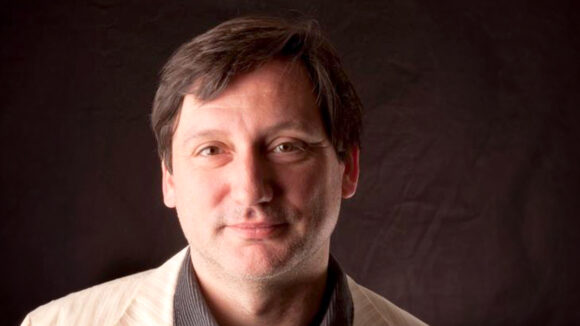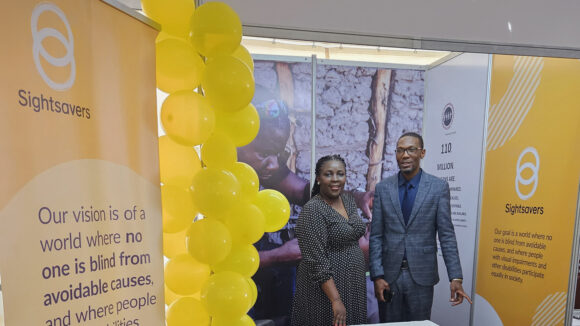How double discrimination punishes women with disabilities
NOTE: This article is more than five years old, but may still be relevant. For more recent content, see our news and blogs page.
Sunday 8 March marks International Women’s Day, but there’s not much to celebrate if you’re a woman living with a disability in a developing country.
Women with disabilities living in low- and middle-income countries are often discriminated against twice: once because of their gender and once because of disability. They’re even less likely to be able to access healthcare, education and employment than men with disabilities or non-disabled women, both of which groups already experience grossly unfair levels of discrimination. (For a brilliantly clear report on the problem and recommendations for change, see the Leonard Cheshire Disability policy briefing, Realising the rights of women and girls with disabilities.)
“They face social isolation and rejection, and are taught that they are inferior to their peers. This has a clear impact on both their own aspirations and their family’s aspirations for them in the future.”
source: UN Fourth World Conference on Women, 1995, quoted in LCD policy briefing
The statistics are staggering:
- Over 200 million women with disabilities live below the poverty line.*
- More than 30 women every minute are disabled or seriously injured during labour.**
- Women with disabilities experience higher rates of gender-based violence, sexual abuse, neglect, maltreatment and exploitation.†
- The literacy rate for girls with disabilities could be as low as 1%.††
It’s an incredibly unjust state of affairs, but it doesn’t have to be. With the next set of global poverty-fighting goals (called the Sustainable Development Goals) due to be agreed by world leaders this year, there’s never been a better time to change these inequalities than right now.
“I don’t know about the future”: stories of women with disabilities
All sources quoted taken from Leonard Cheshire Disability policy brief*WHO World Report on Disability, 2011
**World Bank: reproductive health and disability
†Ending violence against women, UN Secretary-General. 2006
†† UN Enable
Want to read more about our work?
Sightsavers and disability rights
The key to inclusive education is engaging organisations of people with disabilities
Collaborating with organisations of people with disabilities (OPDs) on our inclusive education projects has earned the Sightsavers-led Inclusive Futures consortium a Zero Project Award in 2024.

Six takeaways from the International Conference for Public Health in Africa
Sightsavers’ Hortance Manjo shares insights from the event in Zambia, which highlighted eye health for the first time.

Going beyond health: the role eye care plays in the SDGs
Eye health has an impact on numerous Sustainable Development Goals, and has a ripple effect that improves gender equity, education, economic and health outcomes.